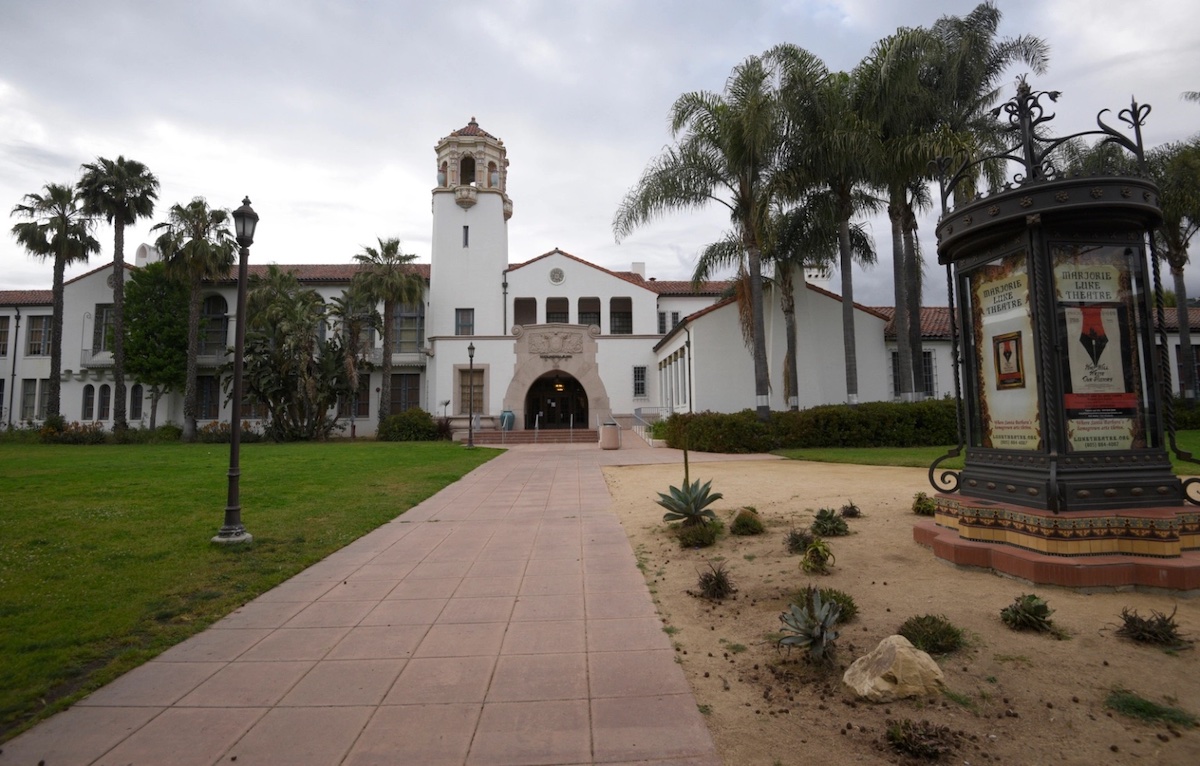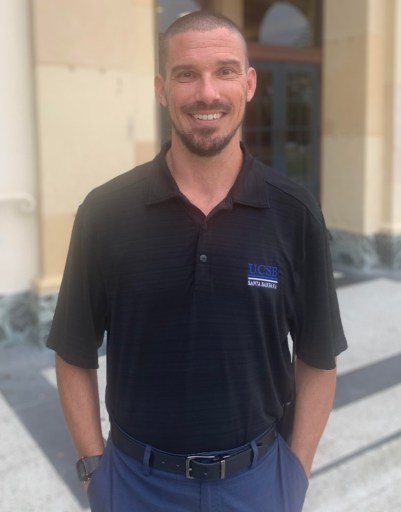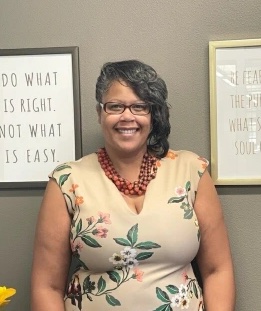Another Racial Incident at Santa Barbara Junior High
Principal on Leave for a Week After Speaking Hate Word

The Santa Barbara Unified School District is in damage-control mode after Santa Barbara Junior High School experienced another racial incident. Unlike the physical assault by students on a Black classmate in February, this one involved the verbal use of the N-word by the junior high principal Daniel Dupont.
The earlier incident that caused an outcry was when several Latinx students reenacted the George Floyd murder by kneeling on a Black student’s head and neck at the junior high and used racial epithets that included the N-word. It wasn’t until the child’s parent spoke during public comment at a school board meeting that the district notified the school community of the assault. Due to privacy reasons, it could say little about what actually occurred, but the student continued to be harassed on campus, the family said.
This incident with Principal Dupont took place in early November, and after repeated questions from the Independent, the district issued a statement on Wednesday that stated an investigation had taken place by two administrators in response to “an alleged verbal incident” that placed the principal on administrative leave. Any more detail of the incident itself was unavailable because of employee and student privacy rules, the district stated. It also listed a number of initiatives underway, such as anti-racism measures, reviews of systemic practices, and training taking place.

However, after the district’s legal counsel approved, the district added that Dupont was talking with students in his office after they were using the word in the hallway to incite anger. In trying to make them understand how unacceptable it was, he used the word himself in full, unabbreviated. In addition to the administrative leave, multiple remedial measures were taken that could not be detailed due to personnel privacy rules.
Dupont himself sent an email to school parents. In it, he expressed his regret that he did not live up to standards “with some of my own actions recently. My response to a recent student verbal incident was problematic.” He said he was back from a week’s leave while the incident was under review and had spent the time in professional learning “to make needed adjustments.”
That this occurred at the highest level of the junior high is striking. Dupont had been on the principal track for eight years, starting at an Orange County district and previously the assistant principal at Santa Barbara High School since 2019 before joining the junior high this June. He’d been a Spanish teacher for 14 years of his career.
Steps Taken Since February
Parent reaction was strong after the February assault, not only to the incident but because the district delayed notifying the school community — veiling its email in student-privacy-clouded terms — until it had investigated the incident. But in response to this and other February incidents, the district started several measures: It hired James Joyce III — for his Coffee with a Black Guy expertise in discussing racial issues — to work with the students and families affected by the physical attack. Another measure was to organize a group now called the Combating Anti-Blackness Working Group. In turn, that group has formed two committees: one to evaluate that curriculum, books, and posters reflect all students; the second to consider sharing stories of student experiences.

In April, the district started a racial incidents reporting system that receives its information from school administration, i.e., principals. The reporting system’s working definition for incidents is: “A race-related incident is defined as any incident in which a person or group is targeted for their race or perceived race. The targeting can be emotional, physical, and/or verbal; virtual and/or in-person; direct and/or indirect, regardless of intent.”
At the school board meeting on Tuesday, Assistant Superintendent ShaKenya Edison reported that six incidents had occurred across three schools between October 25 and November 9. Since the reporting began on September 27, there were a total of 16 incidents, not including Dupont’s.
Currently, a racism survey is on its third refinement of questions to assess experiences among staff and students. At the news that the survey was not yet ready to go, School Boardmember Wendy Sims-Moten suggested the contractor should come speak to the board if they still didn’t understand that the topic at hand was racism, not equity.
Connie Alexander, who helped form and presides over the Santa Barbara Chapter of the NAACP, told the board of the conversations she had with the families and the children after racial slurs were uttered or harmful attacks took place. Expressing her appreciation for the board’s effort toward transparency, she reminded them that the N-word has a history and was used to abuse and hurt Black people, and even in the murder of African-American people.

The board had passed a resolution only minutes before that stated all of the school community would “refrain” from using slurs. Alexander made the point that the seriousness of the harm that results required a ban on the word. “The NAACP wants you to come in a little bit stronger,” she advised.
Sims-Moten responded, saying the district was working toward a culture of zero tolerance of hate speech: “I get it,” she said. “Someone says the N-word, and you just want to throw that person away.” However, Sims-Moten said, the better resolution was transforming behavior, perhaps through restorative practices, because the person had to understand the effect they had: “We don’t want to just say go out into the community and continue.”
Too Little Too Late
For some other leaders in the Black community, however, the district is doing too little too late, as it had in February. Simone Ruskamp, one of the founders of Healing Justice Santa Barbara, said the Dupont incident reminded them of what happened in February, which is Black History Month, at the same junior high school. “After that racial attack, the district sent very general emails,” Ruskamp said. Also, it wasn’t until Healing Justice held a meeting with parents that they learned of other incidents involving Black children by perpetrators across the color spectrum. The group appealed to the district for information, and a month later the district admitted 12 incidents had occurred.

Anti-Black racism wasn’t confined to the upper grades. Five of the 16 incidents recorded by the Santa Barbara district since September occurred at elementary schools. Healing Justice newly learned of an incident at the Goleta school district. In early November, a 7-year-old boy was choked by a classmate who was using the N-word.
In that case, the district sent a notice to the school’s parents within a week. Superintendent Diana Galindo-Roybal was clear that the N-word had been used toward a Black student and outlined disciplinary consequences: that the “response to inappropriate and unsafe behavior will be developmentally appropriate to the age and maturity of the individual … in a manner that upholds the dignity of the child.” In an email to the Independent, she noted the school has a full-time psychologist whose services had been offered to both families.
For Krystle Farmer Sieghart, another founder of Healing Justice Santa Barbara, this was also an inadequate response. Though sincere, the psychologist was not Black and not trained in having restorative conversations dealing with prejudice against Black people. She said she offered to bring in a Black PhD student from UC Santa Barbara’s Hosford Center, the university’s psychology clinic, which Healing Justice had also arranged for students and families in the Santa Barbara district. The Goleta district had not yet responded, she said.
Connie Alexander of the NAACP also spoke to the Goleta board after the incident involving the first grader. As well as calling for a commitment to banning the use of the N-word, she argued that a widespread education effort was necessary; at least two generations were arguably unaware of the history of violence that underlies the word. “They don’t understand the violence they evoke,” she said. “They think it’s just part of popular culture, but it’s not.”
4·1·1
The Santa Barbara school district’s Combating Anti-Blackness Committee is open to anyone in the community. Interested Anti-Blackness Task Force Members can RSVP to askthesuperintendent@sbunified.org.
Correction: This story was corrected regarding the district’s statement on Dupont and its overall anti-racism measures.
Support the Santa Barbara Independent through a long-term or a single contribution.




You must be logged in to post a comment.